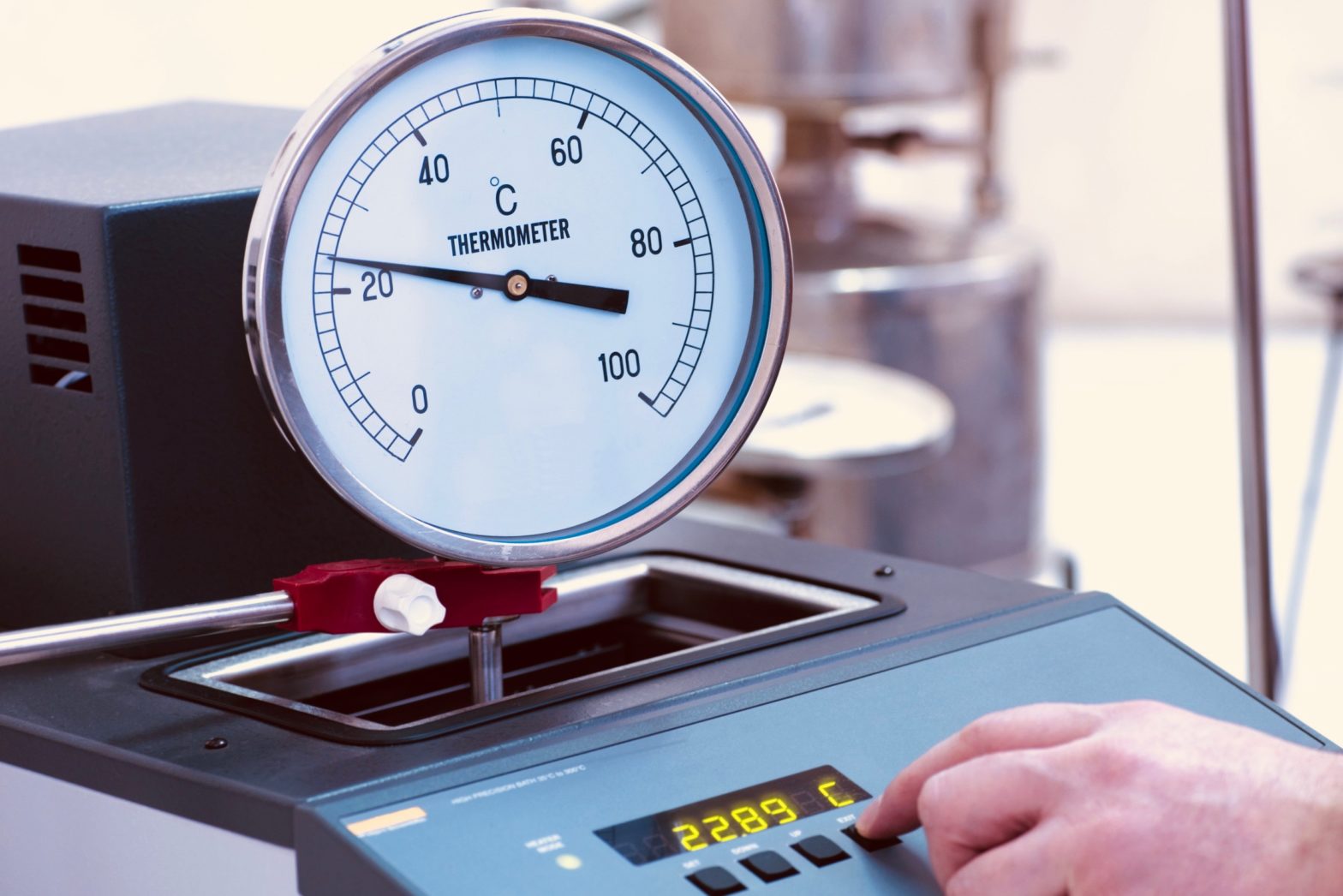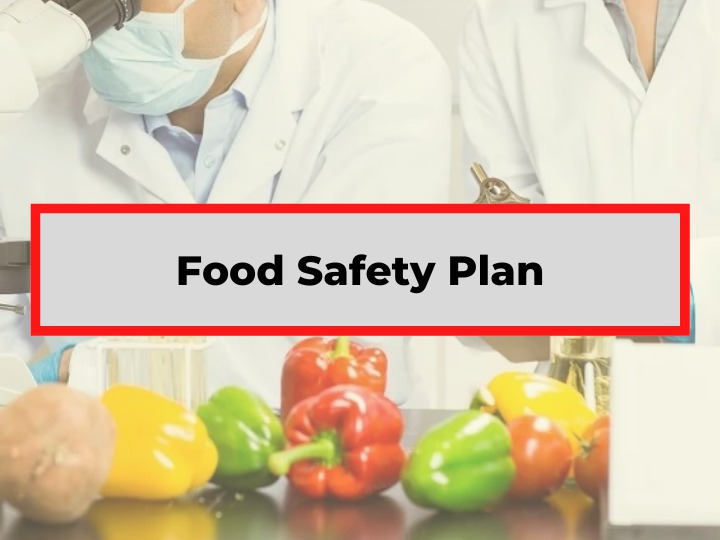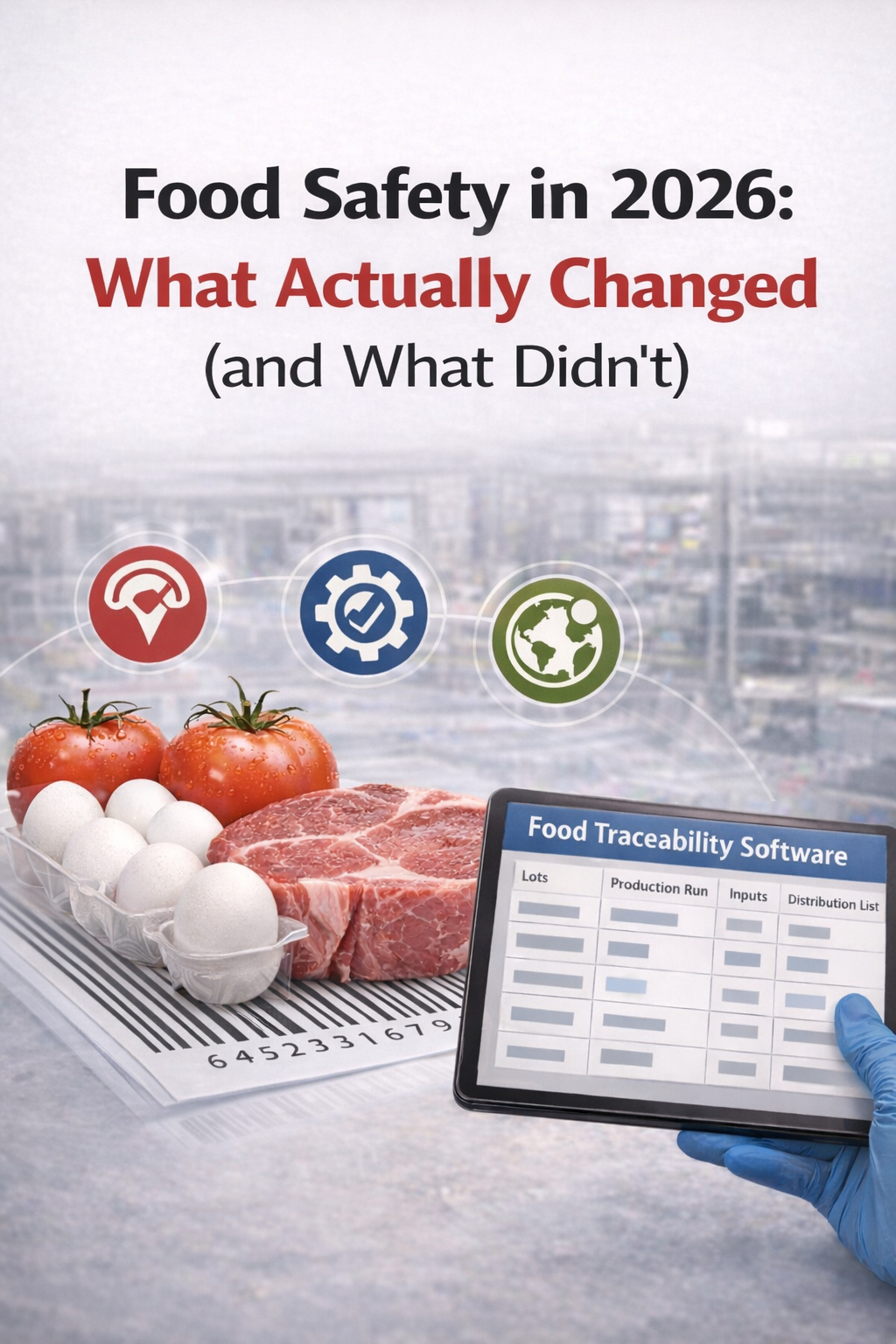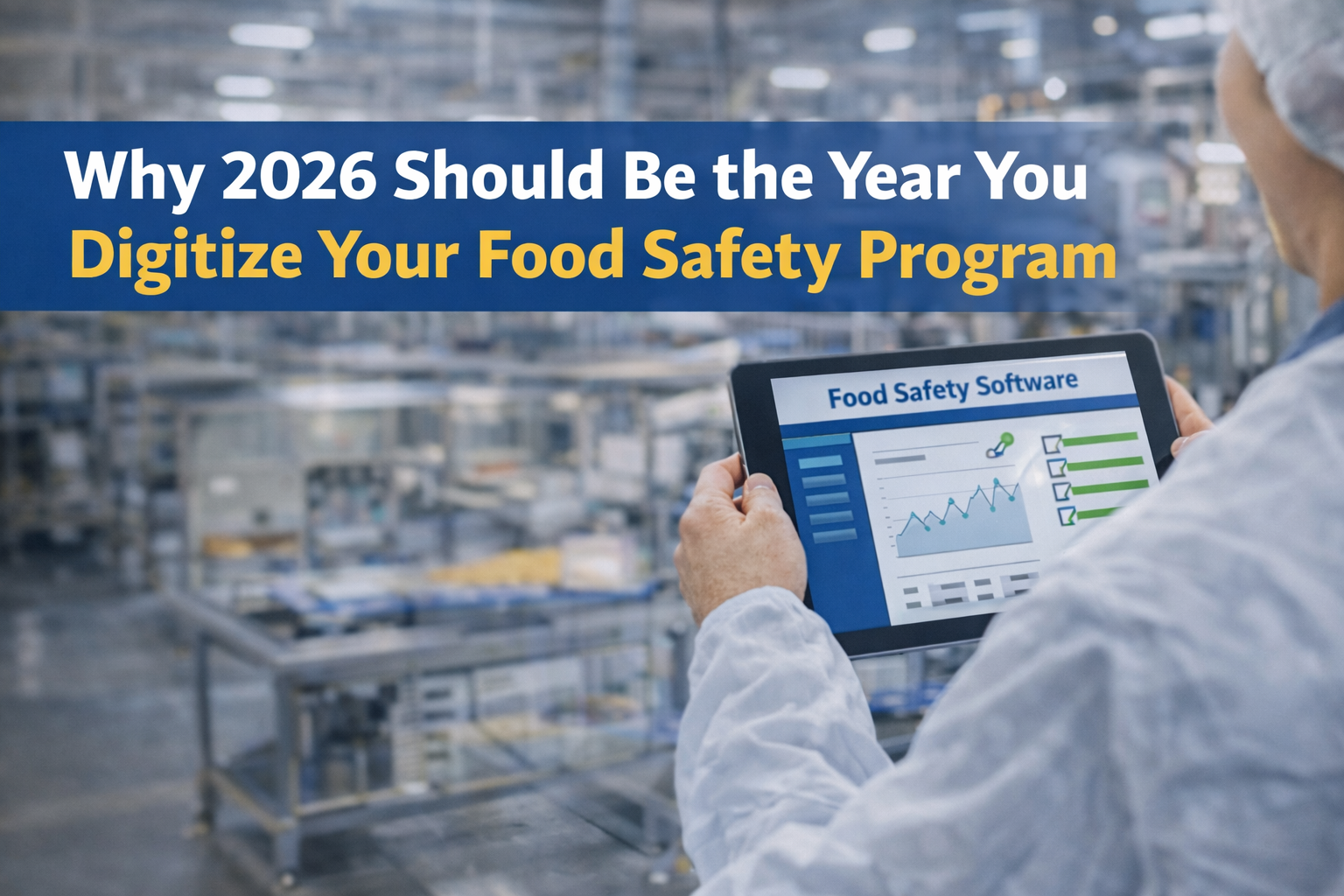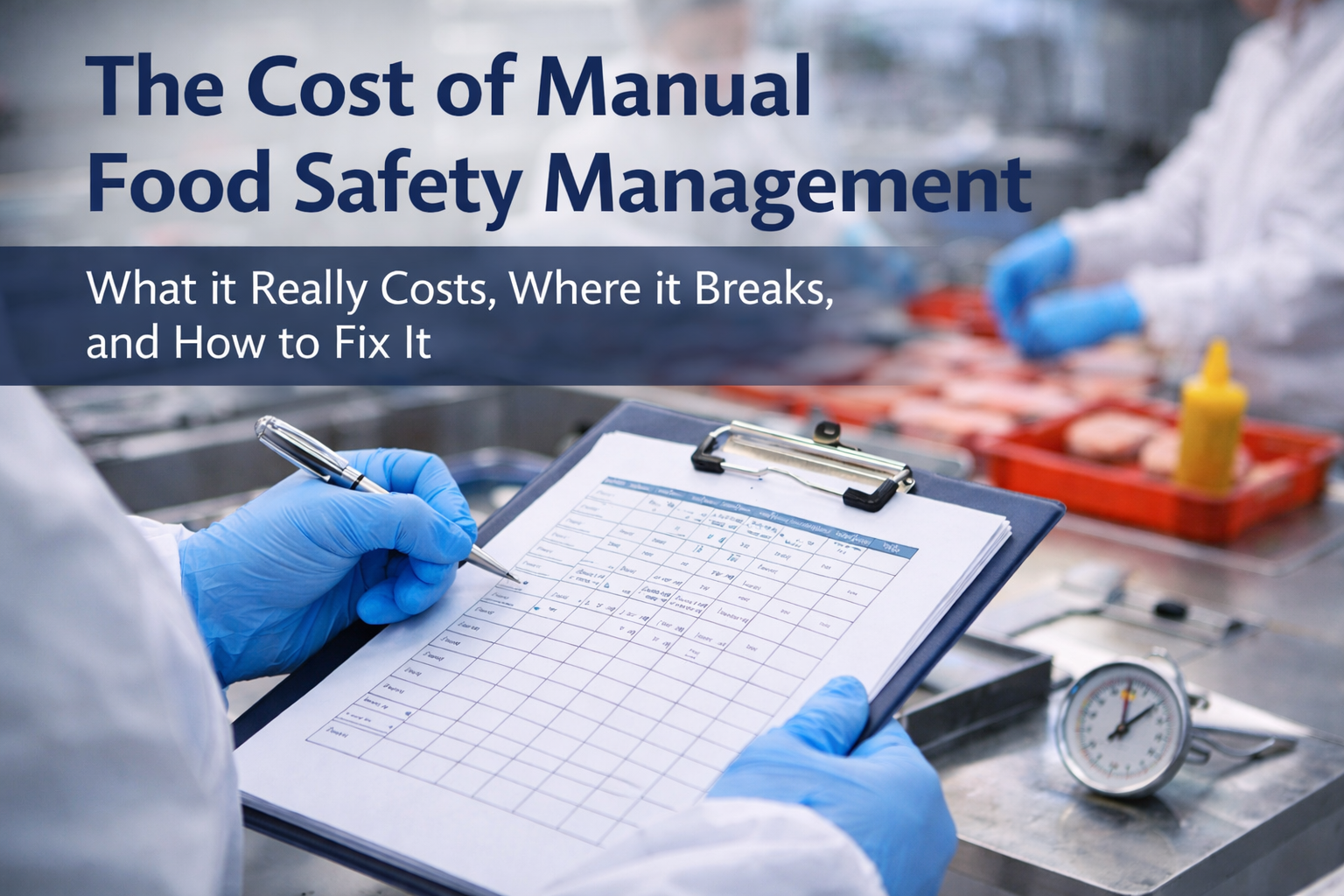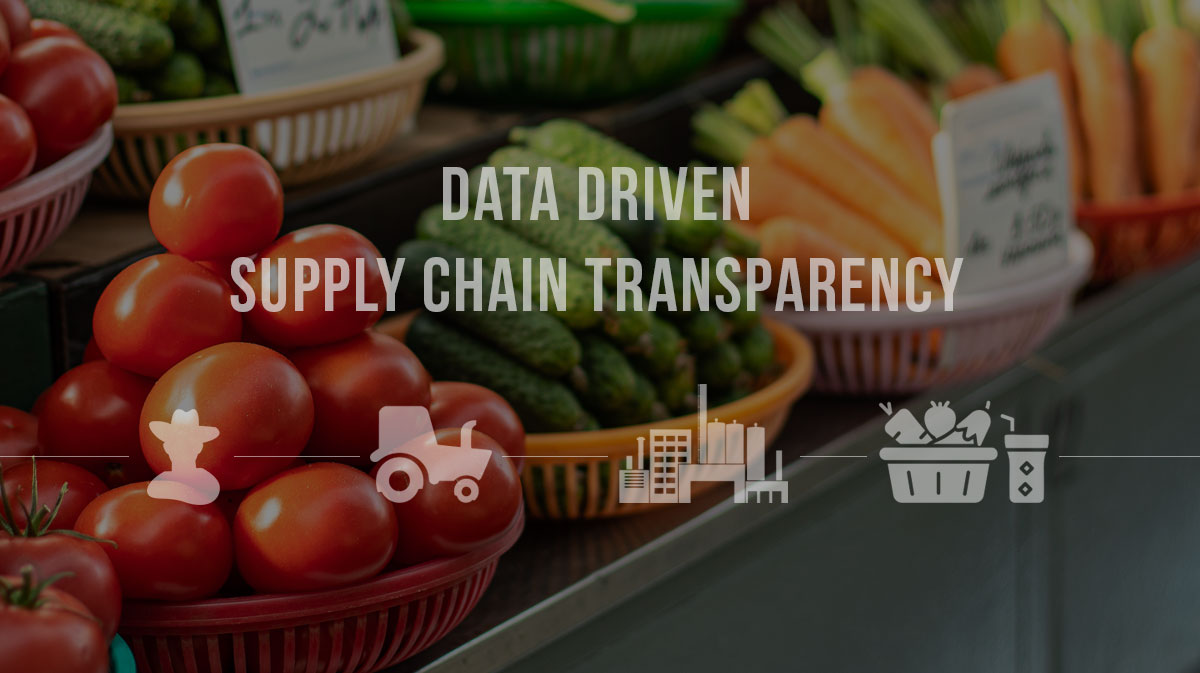In the world of food production, safety is paramount. It's the bedrock on which we build consumer trust, business reputation, and industry growth. One key aspect that often goes unnoticed in this mission for food safety is equipment calibration. Today, we will delve deep into understanding why calibration is not just a good-to-have, but an essential part of food safety and quality assurance.
Understanding the Importance of Calibration
In simple terms, calibration ensures that the measurements taken by your equipment are accurate and reliable. This becomes particularly crucial when we consider processes like temperature control, pH measurement, or weight verification in the food industry. A small error in any of these measurements can lead to significant health risks for consumers and substantial financial losses for businesses.
For instance, if a thermometer used in a meat-processing plant is not correctly calibrated, it may give incorrect readings. This could lead to undercooked meat reaching consumers, with serious health implications such as food poisoning or spread of foodborne illnesses. Similarly, overcooked food due to inaccurate temperature readings can result in wastage and financial losses.
The Calibration and Food Safety Connection
The story of calibration and food safety is one of interconnectedness. They're two sides of the same coin, each influencing and reinforcing the other.
Regular calibration of equipment ensures that food products are produced, processed, stored, and transported under safe conditions. When tools are correctly calibrated, they provide accurate data that helps maintain optimal conditions necessary for food safety.
For example, consider a cold storage warehouse. Here, precise temperature control is required to keep perishable goods fresh. If the temperature reading devices are not correctly calibrated, it could lead to spoilage of goods, causing financial loss and potential harm to consumers.
How Calibration Enhances Quality Assurance
Quality assurance is a proactive process that aims to prevent defects by focusing on the production process. It's about making sure things are done right the first time. And calibration plays a pivotal role in this.
Accurate measurements obtained through calibrated equipment enable businesses to maintain consistency, meet industry standards, and comply with regulatory requirements. In effect, it helps create a system of checks and balances that ensures every product reaching the consumer is safe and of high quality.
Implementing a Calibration Program
While understanding the importance of calibration is one thing, implementing a robust calibration program is another. Here are some steps to get you started:
-
Identify Critical Equipment: Not all equipment in your production line might need regular calibration. Identify those critical to food safety and focus on them.
-
Establish Calibration Procedures: Develop clear, step-by-step procedures for calibrating each piece of identified equipment. This should include frequency, method, and person responsible for calibration.
-
Train Your Team: Ensure your staff understand the importance of calibration and are trained in the correct procedures.
-
Document Everything: Keep detailed records of all calibration activities. This will not only help in routine inspections but also prove invaluable during audits.
-
Regularly Review and Update: As your business grows, so should your calibration program. Regularly review and update it to reflect any changes or improvements.
In conclusion, calibration serves as the backbone of food safety and quality assurance. By ensuring accurate measurements, it helps prevent foodborne illnesses, enhances consumer trust, and contributes to business growth. So, let's give calibration the attention it deserves and continue to uphold the highest standards of food safety.

